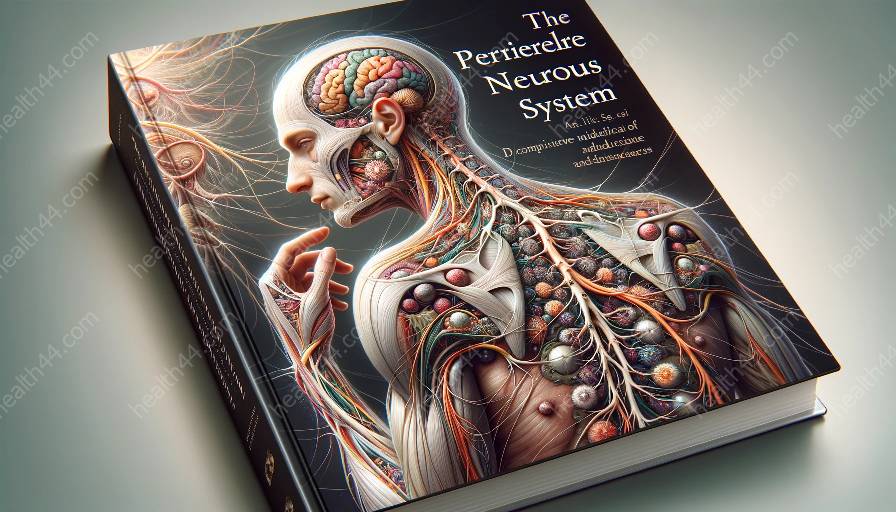The field of peripheral nerve regeneration has seen significant advancements in recent years, offering insights into the intricacies of nerve repair and the underlying mechanisms within the peripheral nervous system. This topic cluster provides a comprehensive overview of the latest research findings, their relevance to peripheral nerve regeneration, and their implications for understanding the anatomy of the peripheral nervous system.
1. Overview of Peripheral Nerve Regeneration
Peripheral nerve regeneration refers to the complex process by which damaged or injured nerves in the peripheral nervous system attempt to heal and restore their function. This process involves a series of molecular, cellular, and structural events that contribute to the restoration of nerve function and connectivity.
2. Current Research Focus Areas
2.1. Molecular Mechanisms
Researchers have made significant progress in elucidating the molecular mechanisms that govern peripheral nerve regeneration. Studies have identified key signaling pathways, growth factors, and gene expression profiles that play pivotal roles in promoting nerve repair and regeneration.
2.2. Biomaterials and Nerve Grafts
The development of advanced biomaterials and nerve grafts has revolutionized the field of peripheral nerve regeneration. Scientists have engineered novel scaffolds and conduits that mimic the native environment of nerves, promoting better axonal growth and functional recovery.
2.3. Neurotrophic Factors and Gene Therapy
Exploration of neurotrophic factors and gene therapy techniques has opened new avenues for enhancing peripheral nerve regeneration. Researchers are investigating the potential of gene delivery systems and neurotrophic factor supplementation to augment nerve repair processes.
3. Relevance to the Peripheral Nervous System
The advancements in understanding peripheral nerve regeneration directly impact our knowledge of the peripheral nervous system. By comprehending the factors and processes involved in nerve repair, we gain insights into the intricate network of peripheral nerves and their functional significance.
4. Implications for Anatomy
The research advancements in peripheral nerve regeneration offer valuable insights into the anatomical intricacies of the peripheral nervous system. Understanding the regenerative capacity of peripheral nerves enhances our understanding of their structural organization, innervation patterns, and clinical relevance.
5. Future Directions and Clinical Applications
Continued research in peripheral nerve regeneration holds promise for translational applications in clinical neurology and neurosurgery. The emerging therapies and interventions based on the latest research findings have the potential to transform the management of peripheral nerve injuries and related neurological disorders.
6. Conclusion
In conclusion, the current research advancements in understanding peripheral nerve regeneration have shed light on the complex interplay of molecular, cellular, and structural elements involved in nerve repair. These insights not only contribute to our understanding of the peripheral nervous system but also hold significant implications for the field of anatomy and clinical practice.































